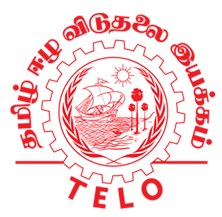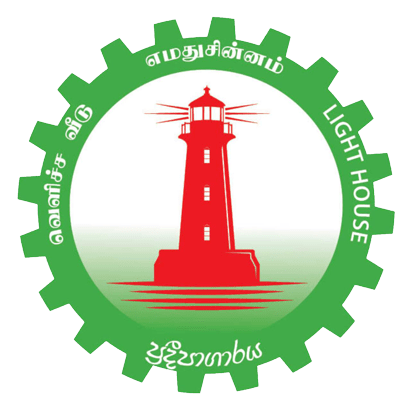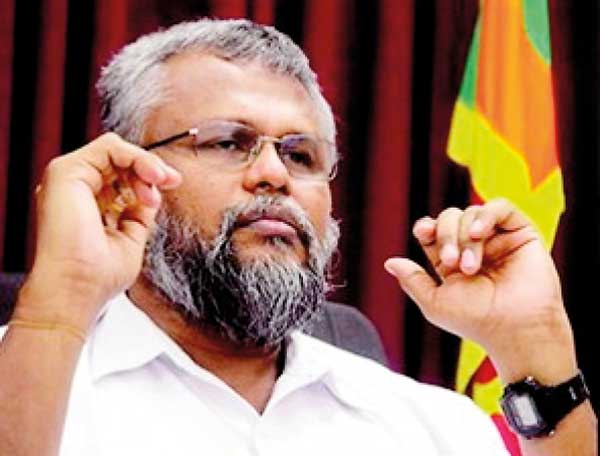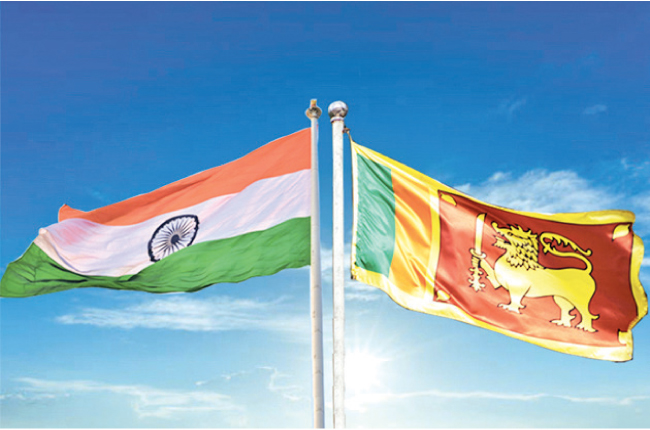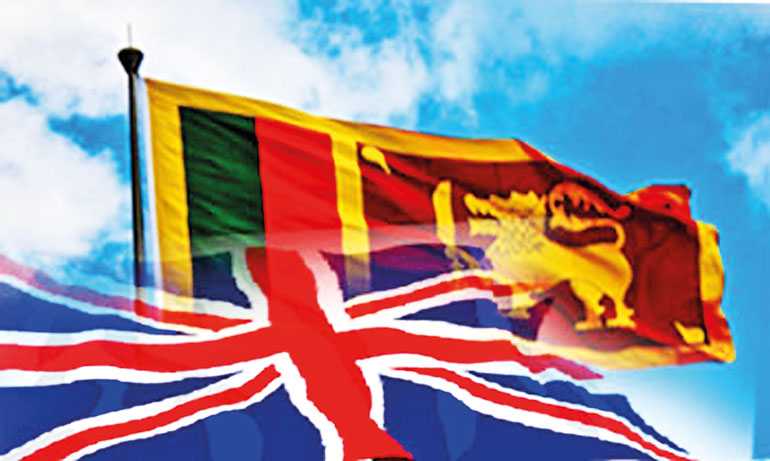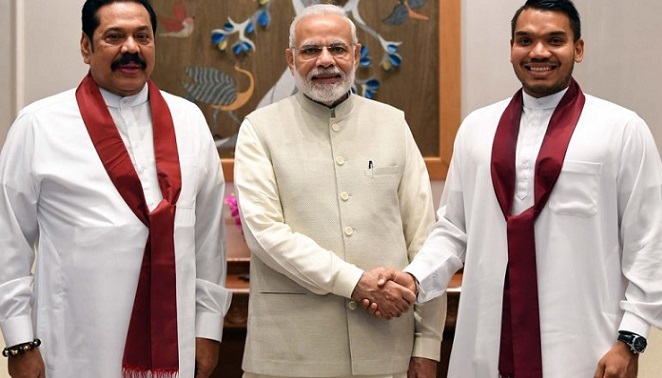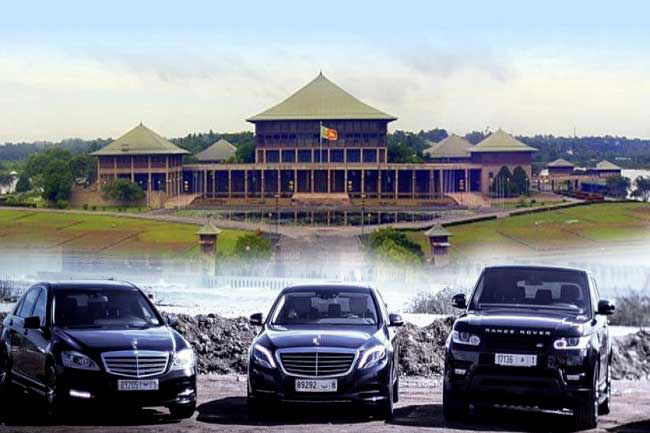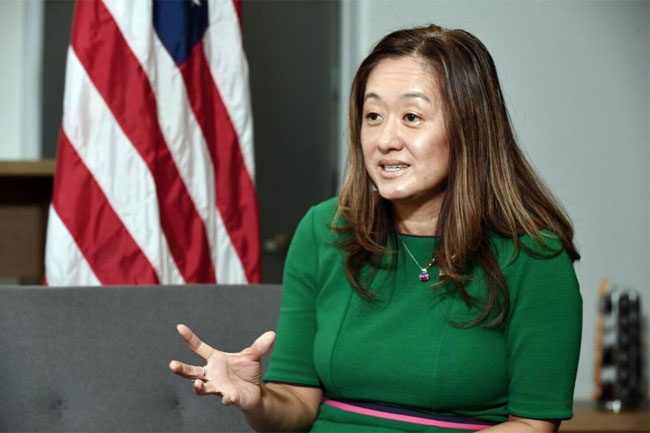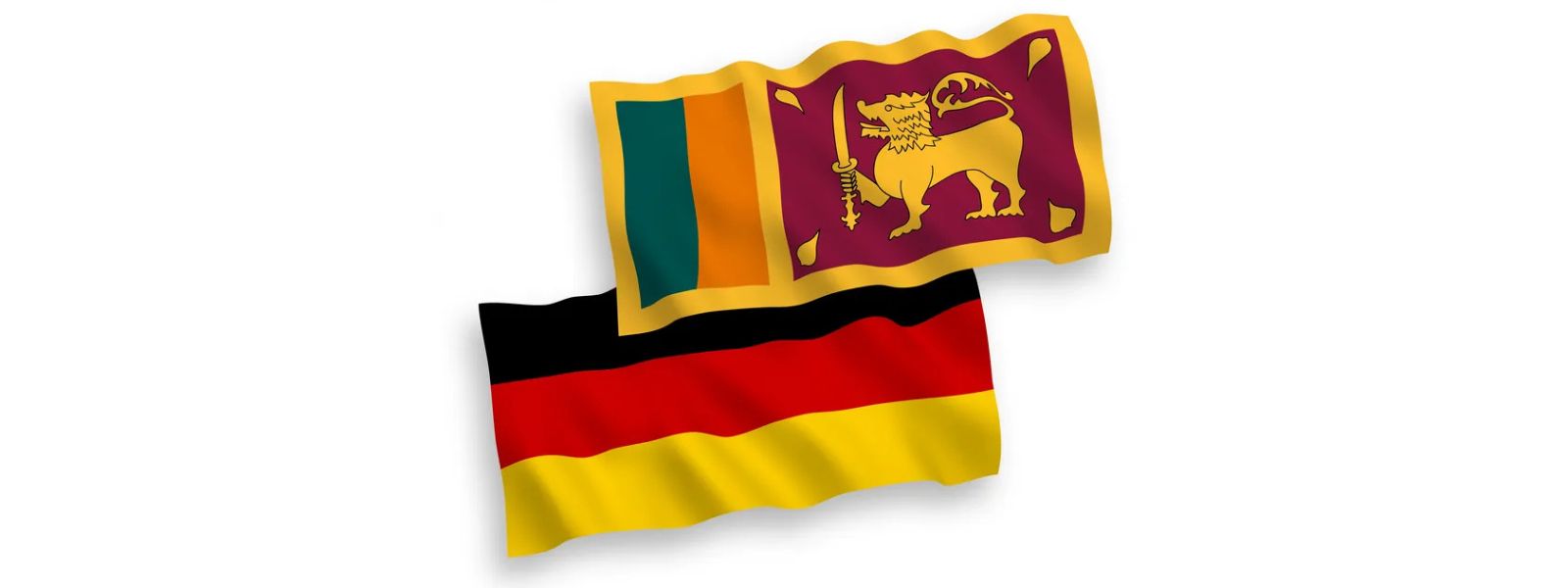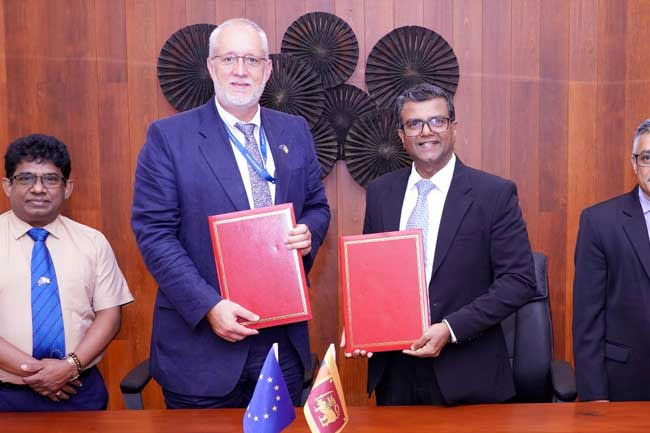Former Minister Douglas Devananda, who was arrested and remanded, has been granted bail by the Gampaha Magistrate’s Court.
After being produced before Gampaha Magistrate Shilani Perera, Devananda was granted bail under two personal bonds of Rs. 2 million each.
The court ordered that the guarantors must be two close relatives of the defendant and imposed an overseas travel ban on the former minister.
The case is scheduled for further hearing on 27 March.
A legal team representing the former minister, including President’s Counsel Saliya Pieris, appeared before the court.
On December 30, Devananda was admitted to the Mahara Prison Hospital following doctors’ recommendations after assessing his health condition.
He was initially arrested by the Criminal Investigation Department (CID) on December 26 in connection with a firearms-related incident. Devananda was subsequently produced before the Gampaha Magistrate and remanded until January 9, 2026.
Devananda was taken into custody on Friday by CID officers in connection with an incident in which his personal firearm reportedly fell into the hands of members of an organized criminal gang.
It is reported that the former minister was arrested in connection with an investigation into an incident in which a firearm, which was provided to then minister Devananda by the Sri Lanka Army for his personal use in 2001, was later recovered following the interrogation of organised criminal figure ‘Makandure Madush’ in 2019.
Upon inspection of the serial number of the weapon, it was revealed that the firearm in question had been issued to Devananda.
The former minister’s pistol was subsequently found concealed in a forested area near a culvert in Weliweriya.
Following this, the CID obtained a 72-hour detention order to further question Devananda. Police also stated that the CID has launched investigations into additional firearms issued to him by the Sri Lanka Army, totaling 19 more weapons.
